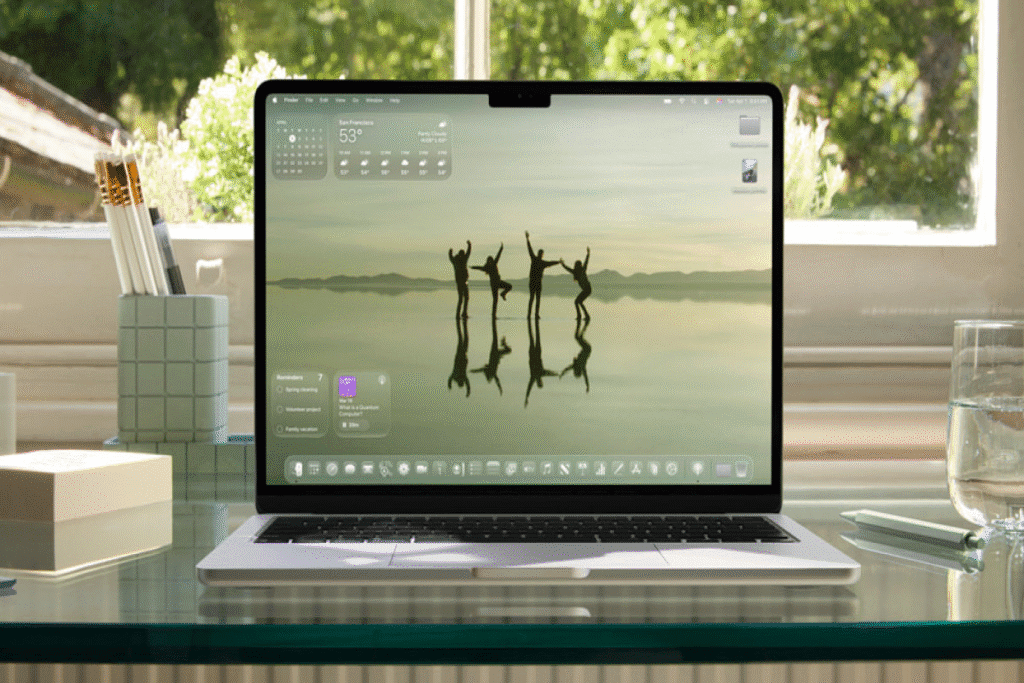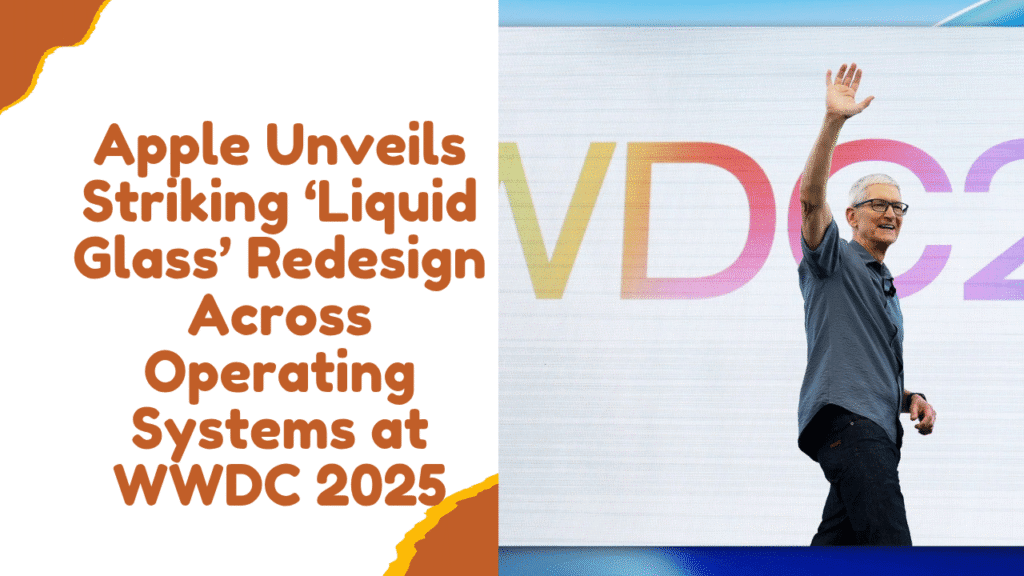At this year’s WWDC 2025, Apple may not have unveiled the sweeping AI upgrades many expected, but it delivered something just as eye-catching — a completely fresh visual experience for its devices.
Meet Liquid Glass — a shimmering, reflective new user interface that’s set to redefine the look and feel of Apple’s operating systems. Think sleek transparency, glossy layers, and fluid motion — a design language that feels almost alive beneath your fingertips.
A Design Inspired by the Future
The inspiration behind Liquid Glass? Apple’s own step into spatial computing with the Vision Pro headset. The new UI design aims to bring a unified aesthetic across the iPhone, iPad, Mac, Watch, and TV — while also subtly hinting at Apple’s ambitions beyond today’s screens. Could AR glasses be next? Time will tell.
Announced by Alan Dye, Apple’s vice president of design, Liquid Glass marks the biggest visual update to iOS since Apple abandoned skeuomorphism in favor of flat design with iOS 7. It’s a bold leap forward that blends elegance with modern technology.

The Evolution of iOS Design
Once upon a time, iOS icons mimicked real-world objects — like the classic Notes app that resembled a yellow notepad. Then came flat design, emphasizing clean lines and bold colors.
Liquid Glass builds on this legacy. Over time, subtle transparency had already crept in — frosted glass effects in Control Center and layered visuals across the interface. Now, those effects take center stage.
As Dye described, Liquid Glass harnesses “the optical qualities of glass and a fluidity that only Apple can achieve.” Navigation becomes clearer. Light refracts and responds dynamically to your movement. The UI now feels playful, responsive, and beautifully alive.
Details That Make the Difference
- The translucent display adapts like real glass — shifting tone and behavior between light and dark modes, reacting to the content behind it.
- Alerts and context menus flow naturally from your taps, with smooth animations and adaptive layouts.
- The Lock Screen now sports a glassy San Francisco typeface, adjusting in size and weight to complement your chosen image.
- 2D photos gain new life with spatial 3D effects, perfectly paired with the new liquid-glass aesthetic.
- Even the Apple Music player embraces the look — featuring fluid controls and animated visuals from artists, bringing an experience rivaling Spotify’s looping videos.
And it’s not just for the iPhone. Liquid Glass is making its way to iOS 26, iPadOS 26, macOS Tahoe 26, watchOS 26, and tvOS 26 — transforming the entire Apple ecosystem.
Built for Developers, Too
Apple is also putting Liquid Glass in developers’ hands. New materials and APIs in SwiftUI, UIKit, and AppKit will enable apps to blend seamlessly with this vibrant new interface.
Final Thoughts
While Apple’s AI strategy might have stolen headlines this year, Liquid Glass quietly stole the show. It’s a thoughtful reminder that design is still one of Apple’s greatest strengths — and now, your iPhone, Mac, iPad, Watch, and TV are about to feel fresher, more immersive, and more connected than ever.
Also Read : Genetics Testing Startup Nucleus Genomics Criticized for Embryo Product: ‘Makes Me So Nauseous’

